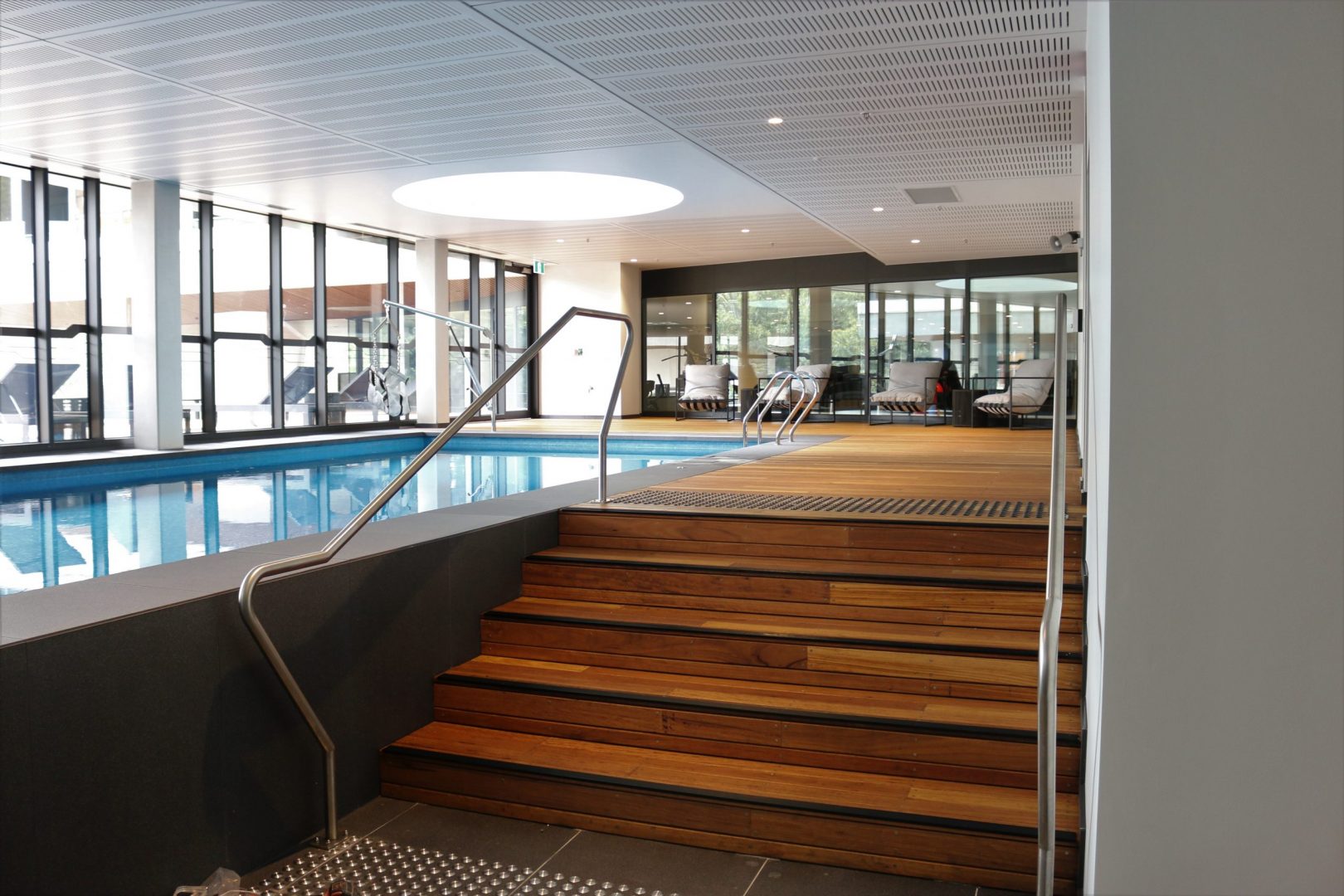
Aside from recent incidents (fire and COVID-19), the commercial building industry has grown significantly during the past few years. With that, the sector has seen tremendous change as a result of technological advancements and a change in project management methodologies.
But what is ahead and what is likely to have an impact on the construction practices we all utilise? Below are a few significant developments and trends that we at Altitude Co believe are currently influencing the construction industry as a whole and will likely shape the years to come.
Functional Re-Use of a Building
The adaptive reuse of buildings is gaining popularity in Australia as a solution to environmental issues, stricter building regulations, and problems with economic viability. This means transforming a range of outdated buildings into contemporary spaces and utilising them for purposes aside from those for which they were first constructed. All around the country, restoration work is currently being done on a wide variety of historic buildings, ageing or underperforming facilities, and abandoned properties. Many contractors are now working on a steady stream of restoration and building projects as a result.
Modular and Off-Site Construction
More and more building companies are switching to off-site and modular construction in an effort to run more efficient and profitable businesses. Off-site and modular projects shorten construction timetables by 20% to 50%. Thus, the construction industry is fast embracing these types of projects. Therefore, it should come as no surprise that off-site building solutions are an increasing trend and will continue to develop and alter the landscape of construction in the future. After all, the procedure boosts flexibility and efficiency while providing a sure-fire way to lower the costs associated with numerous initiatives.
Better Building Code Compliance
The Building Code of Australia has undergone numerous revisions recently. The majority of the rule revisions are aimed at ensuring that projects for new construction and restoration result in stable, durable, and safer buildings. The regulatory authorities and specialists in charge of guaranteeing that a structure complies with the regulations are applying the rules with more attention and rigour. In order to avoid legal issues in the future, builders must adhere to the BCA’s rules. Therefore, it is more important than ever for architects, contractors, and other construction industry experts to offer building solution services that carefully evaluate a structure’s longevity and its residents’ safety.
Cost-Efficient Technological Solutions
The Australian construction sector is extensively embracing high-tech, cost-efficient building solutions. Construction software technologies are currently in overdrive, and demand for experts qualified to use these programmes is also rising. Over the next ten years, innovations and digital technology are predicted to help the industry save up to $25 billion annually! Recent technological advances include those that streamline administrative workflows and avoid the delays and issues caused by manual administrative operations. Using software to handle vendor relationships, material procurement, project schedules, and document management is becoming more typical.
Australia’s building industry outlook is still favourable despite the present global standstill caused by an unprecedented pandemic, provided that builders use the chance to enhance operations. The most successful builders and regulators will concentrate on building economical, environmentally friendly, and technologically advanced structures.
At Altitude Co., despite the new normal in commercial constructions, we continuously work to enhance our processes and ensure we utilise the greatest technologies and solutions. Call us at (03) 9592 6332 if you need professional advice on commercial construction. We will be pleased to assist!
View our profile on ICN Gateway
Search for “domestic construction”. 













